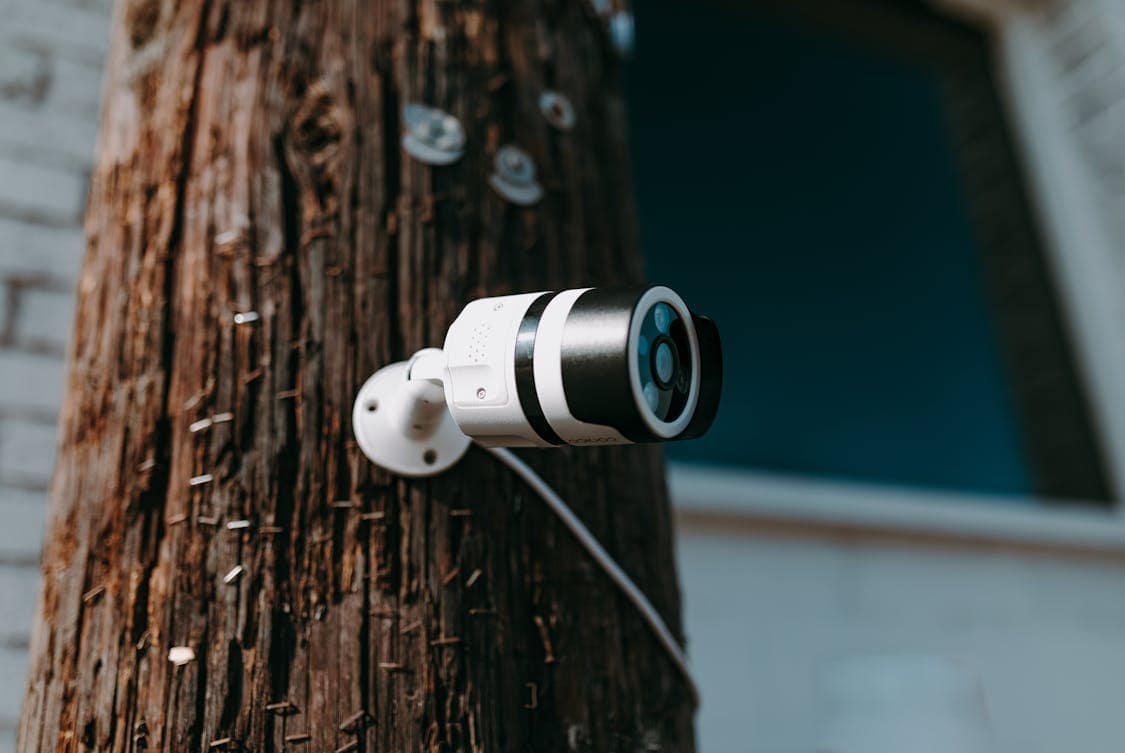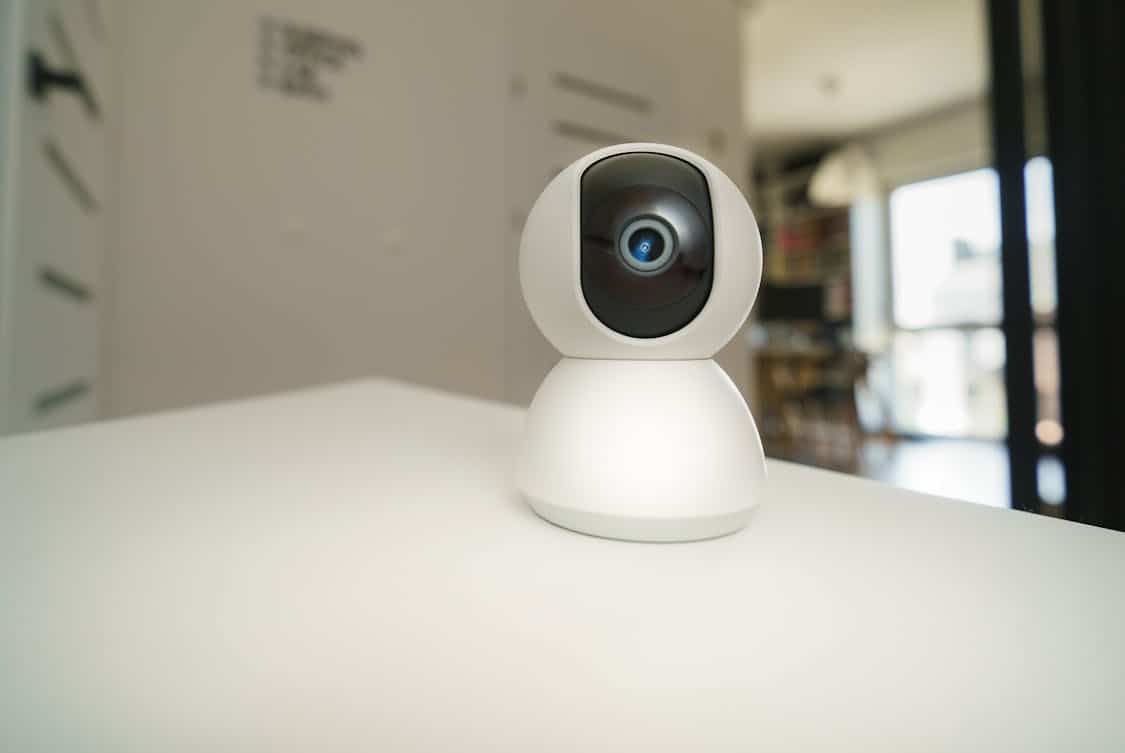Choosing the right location for CCTV cameras is essential for effective surveillance. The placement can influence both the quality of footage captured and the overall security of a space.
To ensure maximum coverage and utility, consider several factors when determining the best spots for your cameras.
Evaluate Your Environment
Before setting up any cameras, take a good look at your surroundings. Different environments present unique challenges and opportunities.
Are you monitoring a residential area, a commercial space, or perhaps an outdoor venue? Each scenario requires a tailored approach.
In residential areas, for example, cameras should cover entry points such as doors and driveways.
In contrast, a commercial space might need a broader view, incorporating parking lots and interior zones. Identify high-traffic areas where potential incidents are likely to occur.
Identify Vulnerable Areas
High-risk zones demand immediate attention. These are the spots where unauthorized access or accidents are most probable. Think about locations such as blind spots, dimly lit corners, and areas with limited visibility.
For instance, if a particular entry point has seen previous break-ins, place a camera right above it to capture any suspicious activities. Pay special attention to windows, back doors, and access points that are less visible.
If you want expert help identifying and securing these high-risk spots, visit Labs Smart Wiring Brisbane for professional guidance.
Consider Lighting Conditions
Good lighting is essential for clear footage. A well-lit area will provide better image quality, while poorly lit zones can produce grainy or unusable footage. When choosing a location, assess the natural light during different times of day.
If certain areas are consistently dim, consider adding supplemental lighting to aid your cameras. Night vision capabilities can be valuable in these situations; however, they might not completely compensate for poor lighting.
Determine Camera Type
Different types of cameras serve various purposes. Fixed cameras offer a stationary view and are suitable for general monitoring. PTZ (pan-tilt-zoom) cameras can rotate and zoom in on subjects, providing a more versatile approach.
Understanding the purpose of each camera will guide your placement decisions. If you need to monitor a wide area, a PTZ camera might be your best bet. Conversely, if you want to focus on specific entry points, a fixed camera will suffice.
Assess Field of View

Each camera has a specific field of view, determining how much area it can cover. When placing a camera, ensure that its field of view encompasses critical areas without obstructions.
Consider the angle at which the camera is mounted. A higher angle can capture more ground but may also miss details. Conversely, a lower angle can show facial features but may limit the area covered. Finding the sweet spot is key.
Avoid Obstructions
Obstructions can significantly limit the effectiveness of a CCTV camera. Ensure that trees, poles, or architectural features do not block the camera’s line of sight.
When assessing potential locations, physically walk the area to visualize what the camera will see. If an obstruction is unavoidable, you might need to adjust the camera’s angle or opt for a different location altogether.
Plan for Weather Conditions
For outdoor cameras, consider the impact of weather. Rain, snow, and extreme temperatures can affect camera performance.
Select cameras that are rated for outdoor use and can withstand harsh conditions. Ensure they are mounted securely, avoiding locations prone to flooding or heavy wind.
Think About Privacy Concerns
When installing CCTV cameras, privacy laws must be taken into account. Avoid placing cameras in areas where individuals expect privacy, such as bathrooms or changing rooms.
Consult local regulations to understand what is permissible. Being transparent about camera usage can foster trust among the people monitored.
Check Power and Connectivity
Before finalizing camera placement, verify the availability of power sources and connectivity options. Wireless cameras may offer flexibility, but ensure they have good Wi-Fi coverage.
For wired cameras, plan cable routes carefully. Avoid exposing cables that can be cut or tampered with.
Conduct a Test Run
Once the cameras are in place, conduct a test run to evaluate their effectiveness. Check the footage for clarity and ensure that critical areas are adequately covered.
Don’t hesitate to make adjustments if certain spots aren’t functioning as anticipated. Testing is vital for identifying blind spots or areas with inadequate coverage.
Monitor and Maintain
CCTV systems require ongoing monitoring and maintenance. Regularly check the camera feeds to ensure everything is functioning correctly.
Clean the lenses periodically to avoid obstructions caused by dirt or moisture. If cameras become damaged or outdated, consider upgrading them.
Integrate with Other Security Measures
CCTV systems work best in conjunction with other security measures. Alarms, access control systems, and motion sensors can complement your camera setup.
Think about how these systems can interact for maximum security. For example, motion sensors can trigger cameras to start recording, ensuring that no activity goes undocumented.
Train Staff or Family Members
If others will operate or monitor the CCTV system, ensure they are trained. Provide guidance on how to interpret footage, respond to incidents, and maintain the equipment.
Training can reduce human error and ensure that everyone understands their responsibilities.
Document Your Setup
Maintaining a record of your camera placements can be invaluable. Create a map showing where each camera is located and its field of view.
Documentation can aid future planning or adjustments and serves as a reference if any issues arise.
Consider Future Expansion
As time goes on, your security needs may grow. When selecting locations, think about how easy it will be to add more cameras later.
Choose locations that allow for adjustments or additions without significant changes to the existing setup.
Involve Professionals if Needed
If all of this seems overwhelming, don’t hesitate to consult security professionals. Their expertise can provide invaluable insights into the best practices for camera placement based on your specific needs.
Professionals can conduct assessments that consider all the nuances of your environment, ensuring a comprehensive approach to your security.
Local Regulations and Compliance
Familiarize yourself with local laws and regulations surrounding surveillance. Different areas have specific rules about where cameras can be placed and how they can be used.
Being informed will help you avoid legal issues down the line and foster a sense of trust among those being monitored.
Stay Updated with Technology
The security industry is constantly evolving, with new technologies and features emerging regularly. Stay informed about advancements in surveillance systems that can enhance your setup.
From improved image quality to advanced analytics, new tech can offer significant benefits. Regularly evaluate your system to see if updates are needed.

